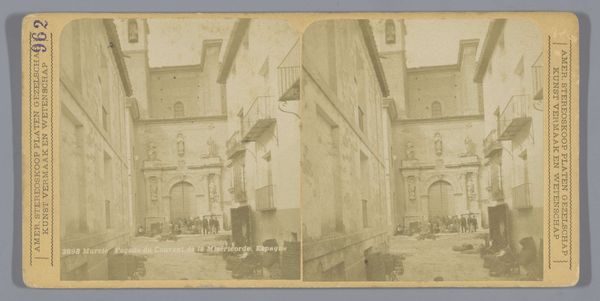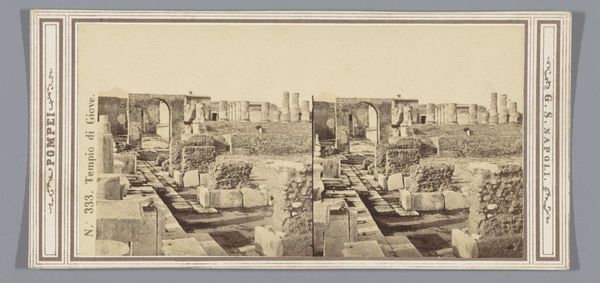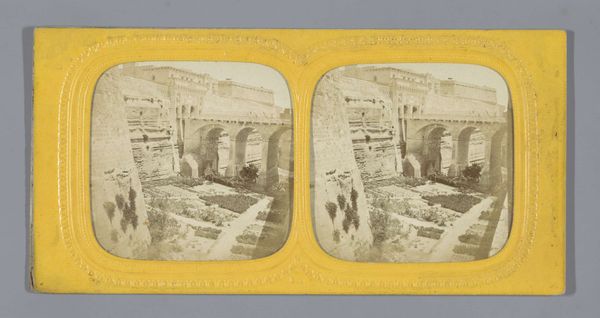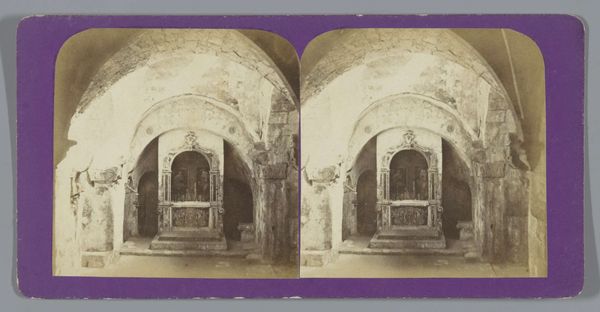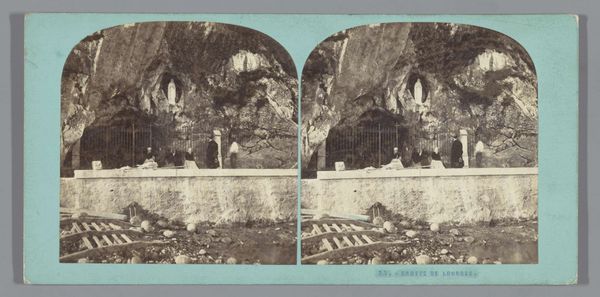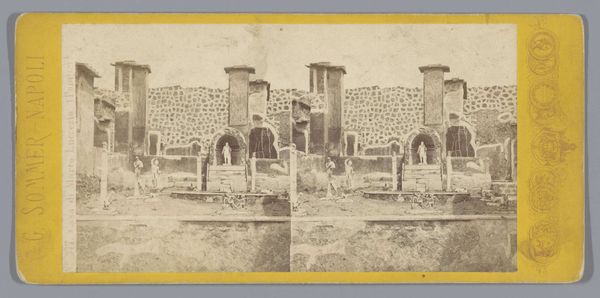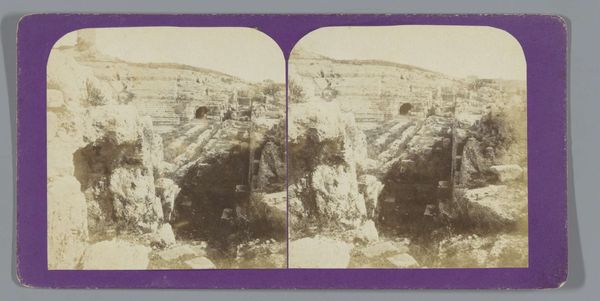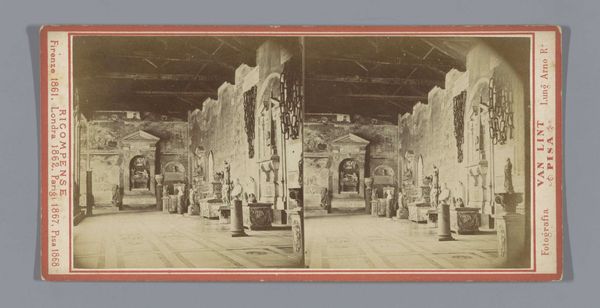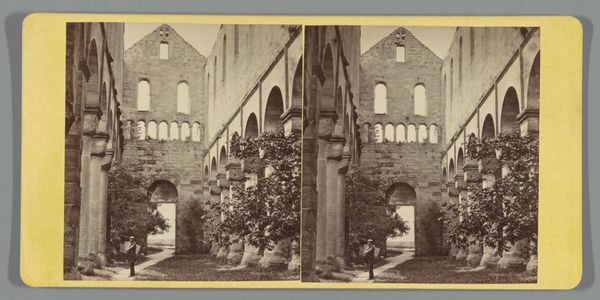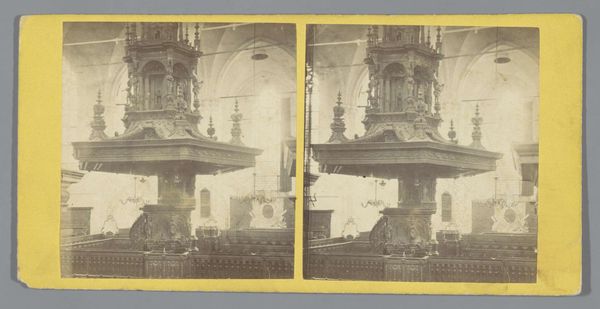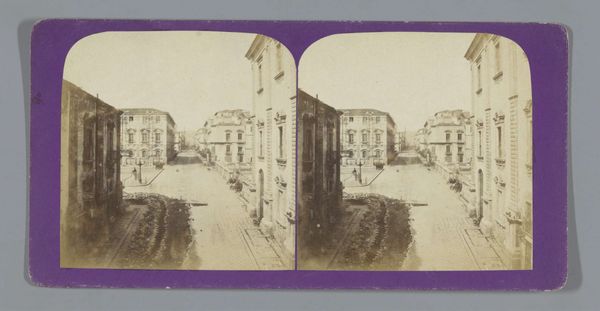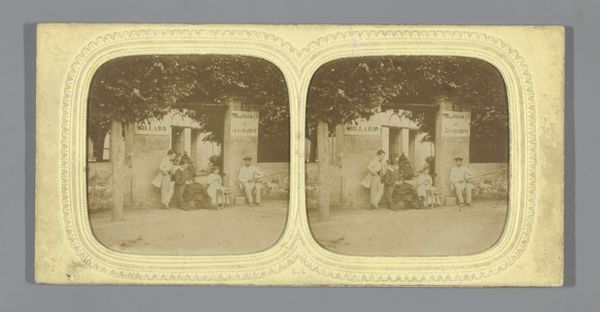
photography, gelatin-silver-print
#
landscape
#
photography
#
ancient-mediterranean
#
gelatin-silver-print
#
cityscape
#
realism
Dimensions: height 88 mm, width 176 mm
Copyright: Rijks Museum: Open Domain
Curator: This stereograph, taken sometime between 1862 and 1876 by Jean Andrieu, offers a "View of the Ruins of the Temple of Diana in Syracuse". It's a gelatin silver print, typical of photographic processes that helped democratize image-making during that era. What strikes you first about this image? Editor: Dust and stone, immediately. I'm getting this very potent feeling of being among shattered monuments—of beauty, yes, but beauty draped in somber reflection, as the old stones tell their sad, sad stories in whispers through the wind. Curator: Yes, there’s a strong sense of melancholy, a reflection on the ephemeral nature of civilizations. Syracuse, after all, was once a major power in the ancient world. Andrieu's choice to use the gelatin silver process would have allowed for relatively quick development and replication, contributing to the wider dissemination of such views and influencing understandings of classical sites. Editor: The stark contrast really stands out, it captures both destruction and survival simultaneously, juxtaposing the tumbled columns against the relatively untouched architecture behind it—it seems that even in ruins there's something eternal. This reminds me, that ruins are, also, an important raw resource in their time, for a new, often humble and poor construction that will in turn become a vestige itself for another one after. Curator: Absolutely. We see the way photography served as a tool not just for documentation, but also for constructing narratives about the past. The material conditions of photographic production, its relative accessibility, allowed Andrieu to frame these classical sites within the burgeoning tourism industry of the time. It highlights the consumption of the "ancient". Editor: Well, from my perspective, art has always offered this quiet rebellion against time's relentless march. It's not just the ruined temple itself that is the art piece, but the fact that someone, here Andrieu, cared enough to frame its melancholy. This picture reminds us that beauty isn't just about being pristine. Sometimes it is better, sometimes, beauty blossoms right out of decay, if it doesn't it certainly lingers at least. Curator: Precisely. Thank you for sharing your impressions, I believe your insight adds depth to our appreciation of both the photographic technique and the cultural significance embedded in this particular view of Syracuse's ruins.
Comments
No comments
Be the first to comment and join the conversation on the ultimate creative platform.
